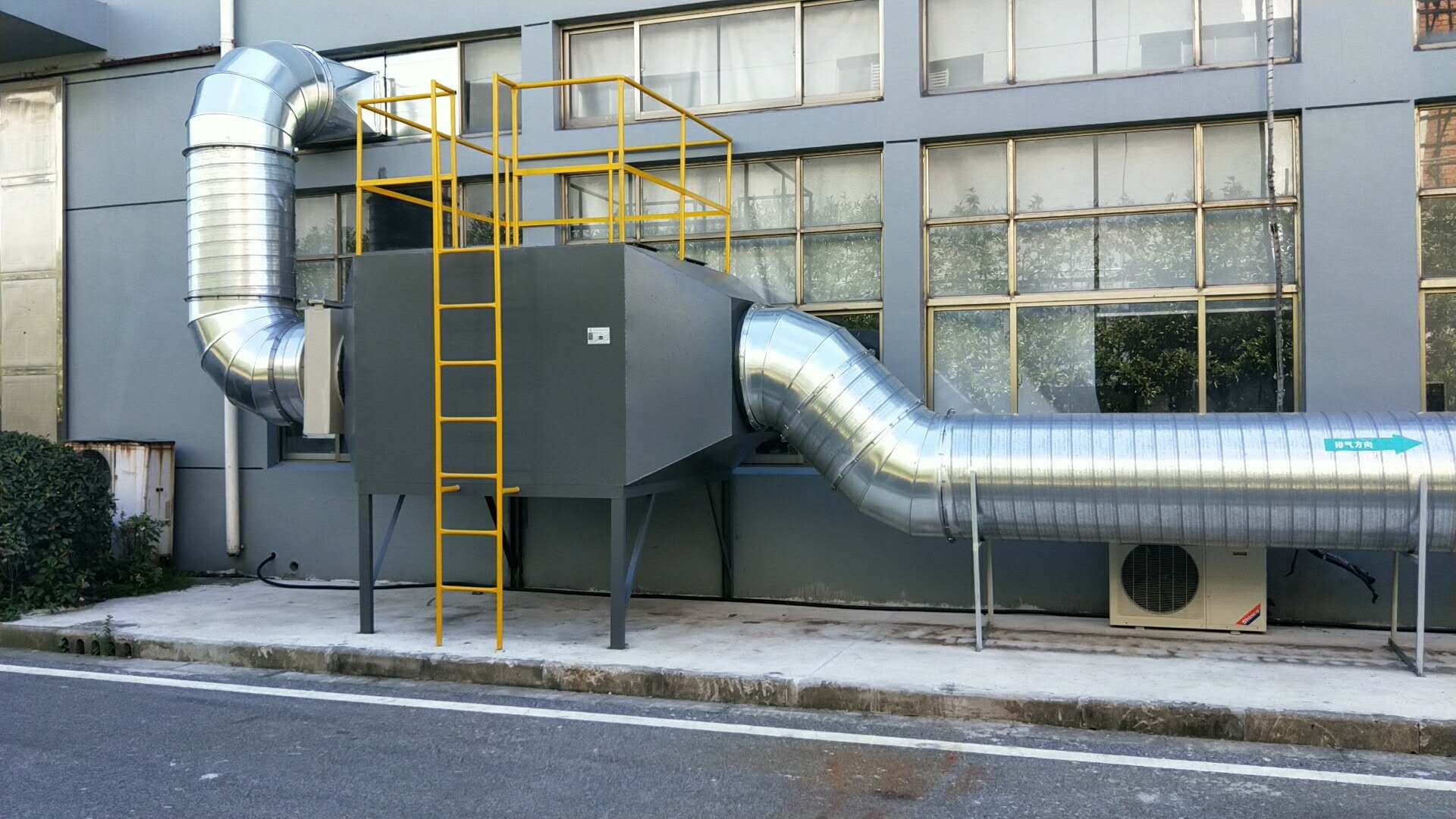In recent years, acidic gas treatment has become a growing concern among environmental professionals, regulatory bodies, and industrial stakeholders. As global environmental standards become more stringent, understanding how to manage and mitigate acidic gas emissions is crucial—not just for regulatory compliance but for protecting public health and ecological balance. Here are five essential facts about acidic gas treatment that every environmental manager and engineer should know.

Acidic gases are primarily emitted during various industrial processes. Key contributors include:
Chemical manufacturing plants
Thermal power stations
Steel and metal refining operations
Mining and fertilizer production
Waste incineration facilities
These industries release large volumes of sulfur dioxide (SO?), nitrogen oxides (NO?), hydrogen chloride (HCl), and other acidic compounds into the atmosphere. Once emitted, these gases interact with atmospheric moisture to form harmful acidic aerosols or acid rain, which can have lasting consequences for air, soil, and water quality.
Acidic gas emissions pose serious threats both to the environment and human health. Here are some key risks:
Acid rain formation, which corrodes buildings, damages crops, and acidifies water bodies.
Soil degradation and reduced agricultural productivity due to altered pH levels.
Respiratory problems, such as asthma, bronchitis, and long-term lung damage, especially in vulnerable populations like children and the elderly.
Harm to biodiversity, including aquatic life and forest ecosystems.
Because these risks are cumulative and long-lasting, addressing acidic gas emissions is a priority in industrial sustainability planning.
There are several effective methods for treating acidic gas emissions, each suited to specific gas concentrations and industrial needs:
A widely used method in which acidic gases are absorbed by an alkaline solution (typically sodium hydroxide or lime slurry). This is ideal for large-scale gas flows with high concentrations of pollutants.
Involves the use of solid materials like activated carbon to trap gas molecules on their surface. This is often employed for lower concentrations of acidic gases.
Utilizes catalysts to convert toxic gases into harmless byproducts. For example, sulfur dioxide (SO?) can be converted into sulfuric acid or elemental sulfur, while NO? can be reduced to nitrogen gas and water.
Each method has its advantages depending on operational costs, gas composition, and desired removal efficiency.
Modern industrial plants are increasingly adopting advanced technologies that ensure high removal efficiency and minimal secondary pollution:
One of the most efficient wet scrubbing methods. FGD systems use limestone slurry to react with SO? in flue gases, producing gypsum (CaSO?·2H?O) as a byproduct.
An advanced NO? control method that uses ammonia or urea, injected into the exhaust stream, in combination with a catalyst to convert NO? into nitrogen and water vapor. It’s widely used in power plants and large manufacturing facilities due to its reliability and high efficiency.
Many companies are now combining technologies (e.g., scrubbing + adsorption or catalytic oxidation) to achieve superior results and meet multi-pollutant control requirements.
Managing acidic gas emissions isn’t solely the responsibility of industrial operators—it’s a societal challenge that requires joint efforts:
Industrial Responsibility:
Companies must comply with environmental regulations, invest in eco-friendly technologies, and continuously upgrade their air pollution control systems.
Governmental Oversight:
Governments and regulatory bodies play a vital role by setting strict emission standards, monitoring compliance, and supporting green innovation through incentives.
Public Participation:
Consumers and communities can drive change by supporting environmentally responsible businesses, advocating for cleaner production, and raising awareness about the impacts of industrial pollution.

Acidic gas treatment is a cornerstone of industrial environmental management. Understanding its sources, risks, and available technologies enables us to make informed decisions and implement sustainable practices. By fostering collaboration between businesses, governments, and the public, we can reduce air pollution, protect ecosystems, and build a healthier future.